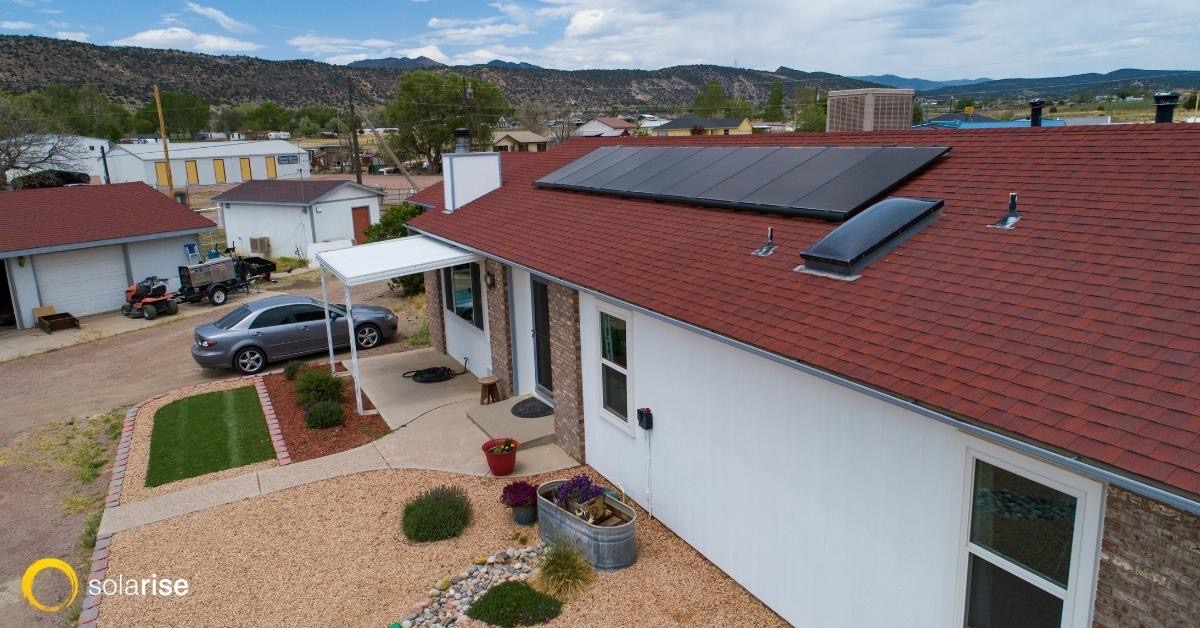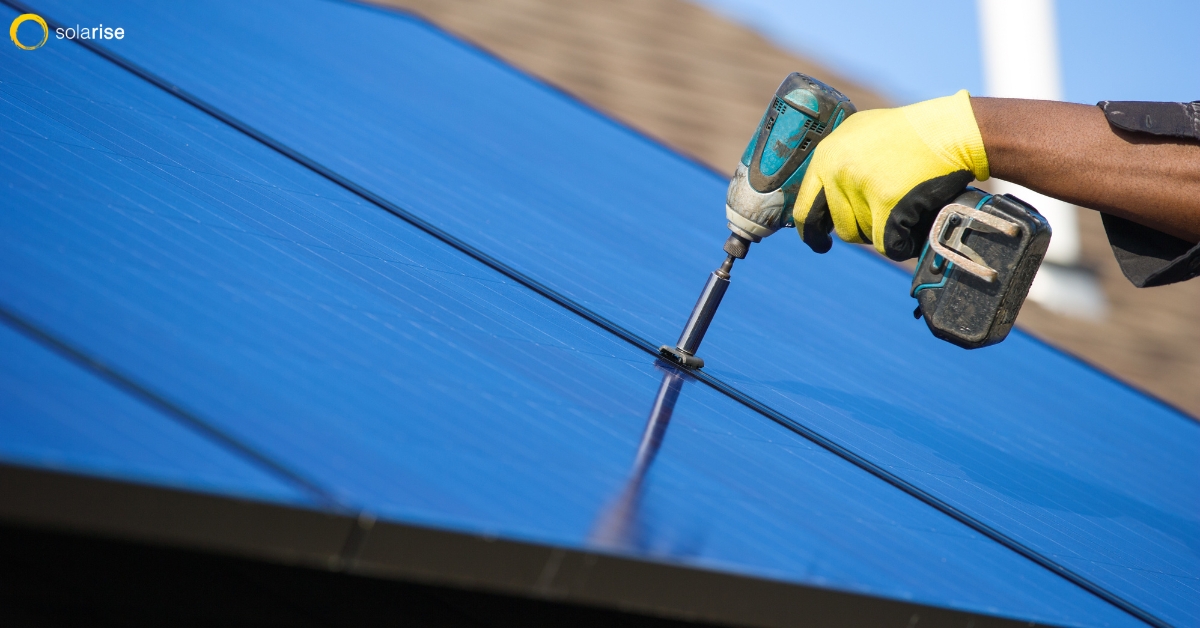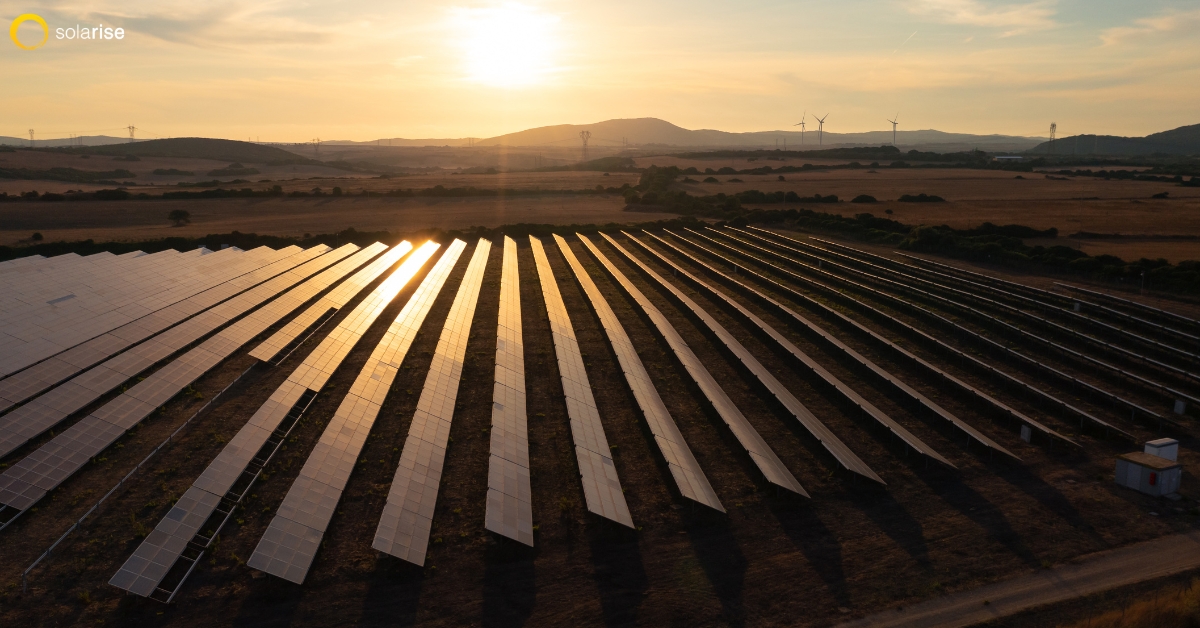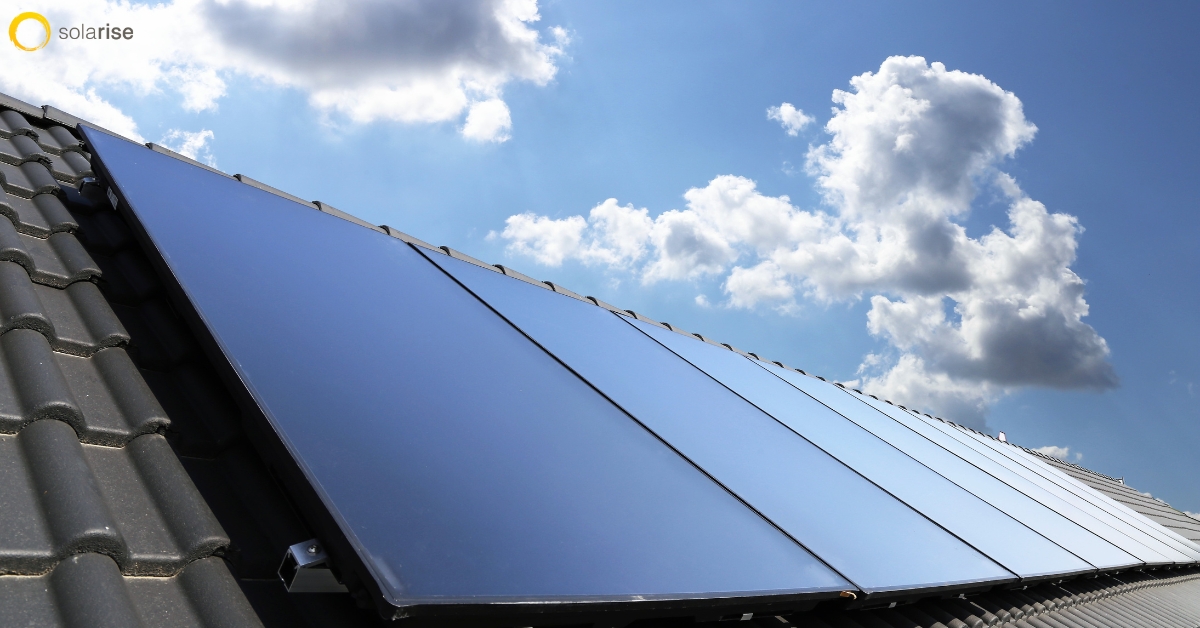Nearly two centuries of solar energy research have brought us the solar panel systems of today. One inventor after another has contributed to the ongoing advancement of solar panel technology over the past 183 years since their invention in 1839. The history of solar technology begins with the invention of solar cells in the early days of solar energy research and progresses through the many decades of patented innovations to improve the benefits of solar energy conversion. Today, efforts are focused on ever-further improving panel efficiency and enhancing the aesthetics of rooftop solar panel configurations and materials.
A Quick Walk Through the History of Solar Panels
Here’s a short account of the history of solar technology development drawn from a report published by Smithsonian Magazine on archived U.S. Patent and Trademark Office information. Here, we’ve trimmed down the government’s account of the great saga of solar panel development to a more digestible account and interpreted the text for easier readability:
Discovery of the Photovoltaic Effect (1839)
A young physicist in France, Edmond Becquerel, discovered the photovoltaic effect. That is the process of voltage or an electrical current being generated from electrons released when a material is exposed to radiant energy or light.
Invention of Solar-Powered Engines (1866)
Inspired by Becquerel’s astounding work, Augustin Mouchot, a French mathematician, invented engine technology powered by solar energy in 1866.
The First Solar Cell is Created. (1883-1884)
Charles Fritts, a New York inventor, created a solar cell by using a layer of gold to coat selenium. Fritt’s selenium solar cell produced a continuous current. It converted at a rate of 1 to 2 percent, compared to 15-20% today. (Photoelectric and photovoltaic are synonymous technical terms for converting light energy into electricity.) In 1884, Fritts installed the first solar panels on the roof of an NYC building.
Utilization of Solar Radiant Energy (1888)
Edward Weston patented solar cells that could convert radiant energy from the sun into electrical energy, and from electrical energy into mechanical energy. A solar cell was heated by light, which causes the release of electrons and produces an electrical current. It uses light to create heat.
First Solar Cell Utilizing the Photoelectric Effect (1888)
In this busy year for solar innovations, Aleksandr Stoletov invented the first solar cell utilizing the photoelectric effect. By that year, French and U.S. inventors inspired by Mouchot’s earlier achievement were filing for patents for various solar-powered devices.
Technology Using Solar Heat to Generate Electricity. (1894)
U.S. inventor Melvin Severy was granted patents for a thermopile mounting apparatus and technology generating electricity and light from solar heat. Those were essentially early photovoltaic solar cells with mounts designed to follow the sun for exposure at all times of day in all seasons without having to move the thermos piles around manually.
Patents Issued for Thermal Batteries (1897)
In the U.S., Harry Reagan obtained patents for his invention of thermal batteries, designed to collect and store heat (not electricity). It worked by utilizing a mass that could heat and then release usable energy from heated thermo-batteries. His invention enabled the collection, storage, and utilization of solar heat when needed.
Invention of Thermal Generator (1913)
Washington D.C.’s William Coblentz obtained a patent for a sturdy and inexpensive device called a thermal generator, designed to utilize rays of sunlight to produce an electric current that is sufficient to power working devices. The innovation was not in solar panels, but it marked a milestone in the development of thermal generators to convert heat to electricity or into cooling and heating power.
Invention of Solar Cell Using Semiconducting Materials (1950s)
Bell Laboratories created a solar cell using semiconducting materials such as silicon that was 6% more efficient than selenium. It was the world’s first useful device for transforming solar energy into electricity. However, silicon solar cells were expensive to manufacture, and the need for multiple cells made it too costly for most people to purchase solar panels.
The First Fully Solar-Powered Buildings (1970s)
In 1973, the University of Delaware had one of the first solar-powered buildings. It ran on a combination of solar photovoltaic and solar thermal power. Instead of solar panels, solar was integrated directly into the roof materials. With this exciting achievement, people nationwide began to see solar energy as a possibility for their own homes.
Congress Passes A National Solar Energy Act (1974)
Additionally, in this year, the U.S. Congress passed into law the Solar Energy Research, Development and Demonstration Act of 1974. This legislation marked a much more robust formal national effort and commitment to make solar an efficient and affordable energy resource and promote it for public adoption.
Slowed Progress of Solar Development (1970s and 1980s)
But, in the 1970s, there was an energy crisis in the United States, which negatively impacted solar development. Then, solar industry growth further slowed during the 1980s because of a drop in conventional energy prices. But, over the next decades, the U.S. government-supported solar technology development.
The government began incentivizing the purchase of solar panel systems with grants and tax incentives. Those solar consumer savings, plus the 70 percent drop in solar panel installation costs during this last decade have helped grow the industry nationally by a stunning average of 50% over the past ten years, according to the Solar Energy Industries Association.
Aesthetic Photovoltaic Roof Tile Design Patented (2018)
Currently, the industry-disrupting innovations in solar are involved in making solar panels more aesthetically appealing and increasing efficiency. For example, there have been recent developments in building-applied photovoltaic (BAPV). It’s solar cell technology that is integrated directly into the existing roof tiles on buildings!
Solar Panel Technology Today and Tomorrow
Solar panels and related solar energy systems technology have advanced profoundly from 1839 to the present day (2022). Further, the current developments underway in the efficiency and aesthetic adaptations of panels hold great promise for exciting future progress in solar innovations, spurring ever-broader global adoption.
For More Solar Panels Information – Solarise Solar
Solarise helps Colorado homeowners and commercial businesses obtain the best value in solar panels and installation. Our solar energy systems experts customize solar energy systems to fit your family’s unique needs and the budget you have set for your solar project. We will help you switch to home solar energy production with zero down payment and low-interest financing. For information about today’s best solar panels, call Solarise Solar at (719) 431-6796, or contact us online to schedule a FREE Energy Cost Analysis for your home.






